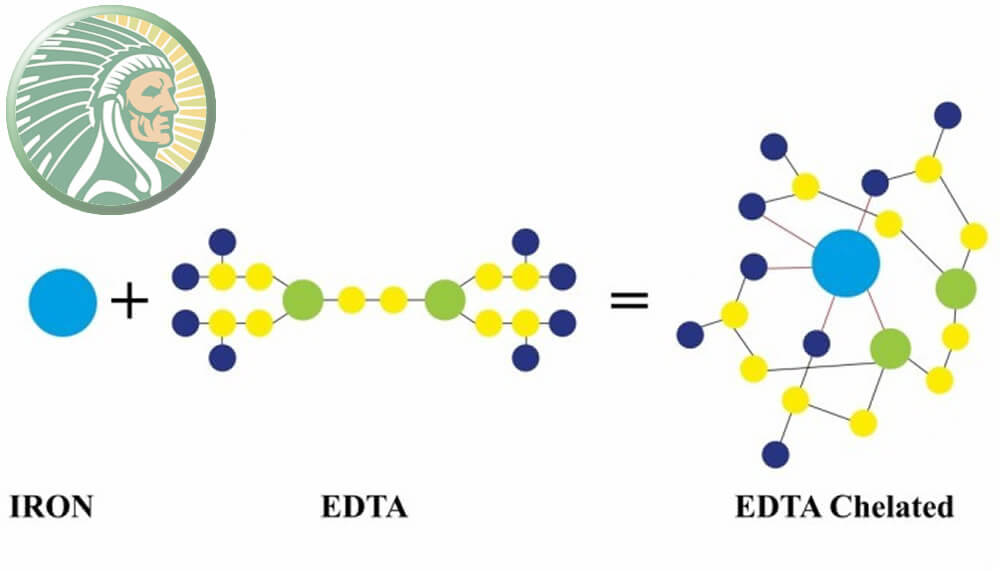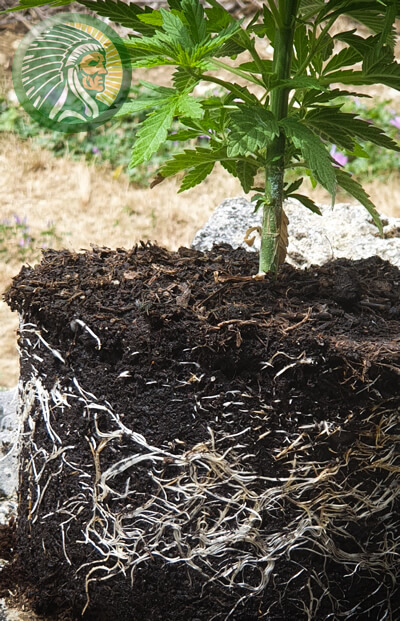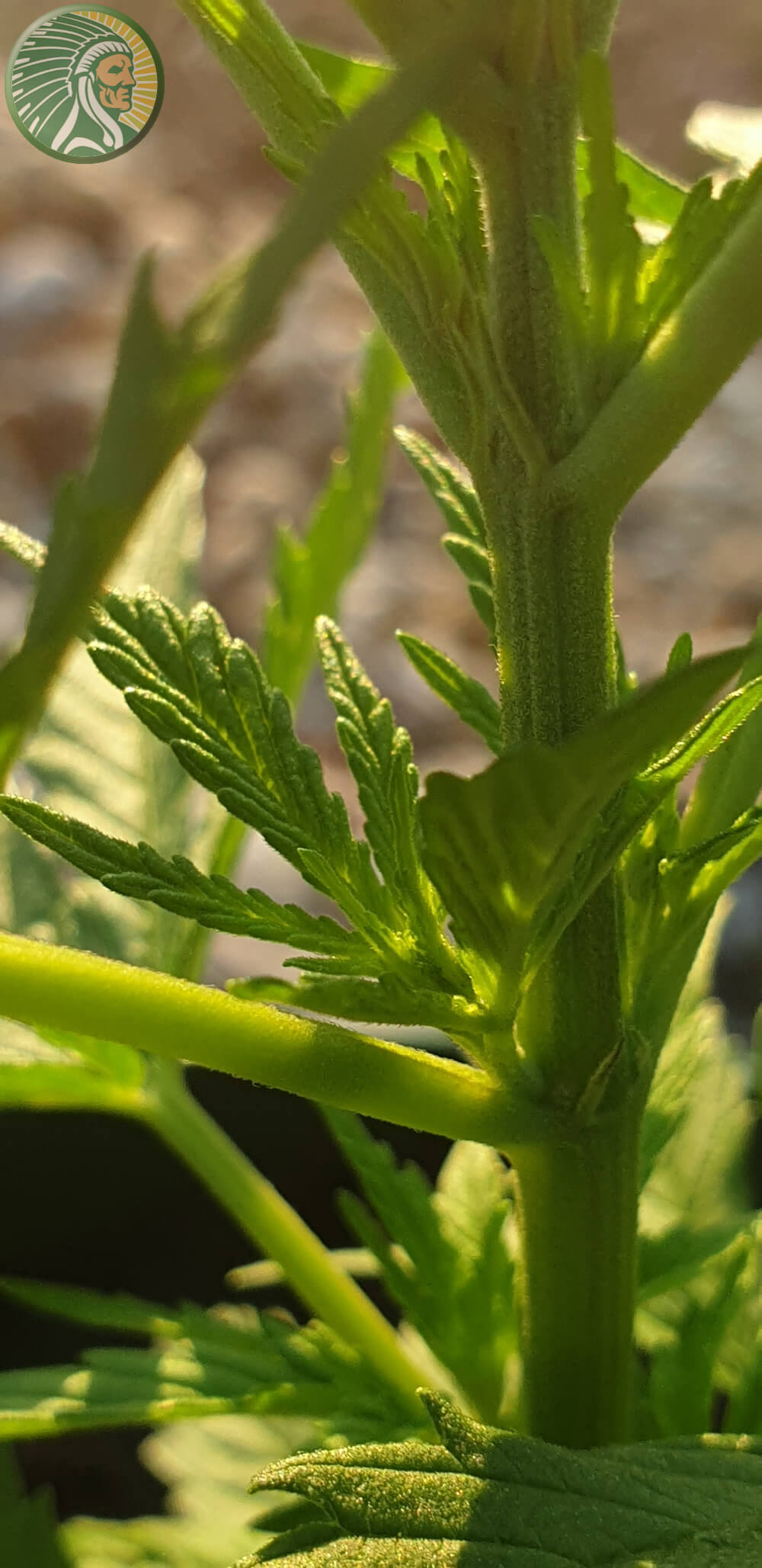- João P.
- News and advice on hydroponics culture indoors and outdoors!
- 39 likes
- 35621 views
- 0 comments

In previous blogs we explained in depth what Microelements are and what they are for, and we promised that in the following blogs we would talk about them. The moment has arrived!
Not all microelements can be found in chelated form, we will not find Boron (B) and Molybdenum (Mo). However, we can find Hiero (Fe), Copper (Cu), Manganese (Mn) and Zinc (Zn) which are metal ions.
The word chelate comes etymologically from the Greek and its meaning is " claw ". A metal chelate comes from the union of an organic molecule and a metal ion (Fe, Cu, Mn and Zn).
Chelated ions are more stable molecules than ions on their own, which is why in agriculture they are widely used to ensure and guarantee the correct absorption of metallic microelements. For a better understanding, you can see the chelation process of metal ions in the image below.

Image 1: Iron Ion + Organic EDTA Molecule = EDTA Chelated Iron
The organic molecule EDTA in this case, envelops the metal ion , which makes the plant recognize this part better and faster (having an organic form like that of plants) and assimilate it quickly together with the metal ion that is found. inside. These compounds are very effective in treating specific deficiencies, in specific crops, but they are also highly recommended to be applied as a preventive treatment and thus avoid the appearance of these deficiencies that are sometimes somewhat complicated to solve.

The most common chelates used in agriculture are EDTA, DTPA, and EDDHA . Although the most used is EDTA and the one that you will find more easily on the market, both for professional agricultural products, as well as for products from amateur agriculture or gardening.
When buying a product that has chelated microelements, there is a very important parameter to look for: the pH value that guarantees the stability of the chelated fraction. This pH range is what the manufacturer indicates on its labeling so that the chelated compound is stable. Outside of this pH range, the chelate "stops working" and does not work. For example, in a market product we can see a phrase like this on the label: “ pH interval in which a good stability of the chelated fraction is guaranteed: pH between 3.5 and 6.5” outside this range pH, the applications will not be as effective as they should be , as the chelate precipitates losing its effectiveness. To prevent the chelates to be applied from being “spoiled”, it is essential to adjust the pH of the application broths, whether they are applied via foliar or soil.
For the adjustment of the pH, it must also be taken into account that the optimal range in the fertilizer solution for plants is 5.5-6.5, since it is the range in which plants assimilate more efficiently and without any type of blockade all the nutritional elements.
Adjusting the pH can be done easily with the addition of acidic products (to lower it) or alkaline products (to raise it). The most common is that we have a solution with a high pH, around 8, and to adjust it, it would have to be lowered and left at 6, so some acidic product should be added ( nitric acid, sulfuric acid or phosphoric acid ) , little by little to avoid excess and go to a very low pH. On the other hand, if the pH of the solution had a low value, around 1.5, to adjust it, it would have to be raised and left around 6, so some alkaline product ( potassium hydroxide ) should be added. You can find different commercial products on the market to adjust the pH of nutritional solutions without problem.
If you want the application of your microelements to be optimized , you have to use the ones that come chelated in any of their forms and respect the pH ranges established by the manufacturers.
As we already commented in the previous blog referring exclusively to microelements, if you want to apply microelements in particular, we recommend the application of KHAN-GEE at the recommended dose. Applying the 5 products of the C. Ayurveda Pack together , all of them combined according to the cultivation program, you will not have to worry about the application of the microelements, since they contain them in their composition naturally and are highly assimilable since they are complexed due to the natural origin of the products and their organic form. In addition, the YUKHA range does not have in its composition any type of synthetic chemical product , which can generate toxins.
If you apply the C. Ayurveda Pack to your plants, you will achieve a magnificent development of them, in perfect balance and harmony with the environment. Your plants will be optimized to the maximum, with root development and nutrient absorption maximized with KHAN-GEE , improving growth and vegetative development with TAJHAL , taking flowering to the maximum potency level with JANGH , increasing and perfecting aromas with MUDRI and of course, reinforcing the sanitary state of the plants with YETRA . Enjoy a well-used crop with the benefits of applying the C. Ayurveda Pack .
João P.
![]()
Translated from the original text in French by Yukha




Comments (0)